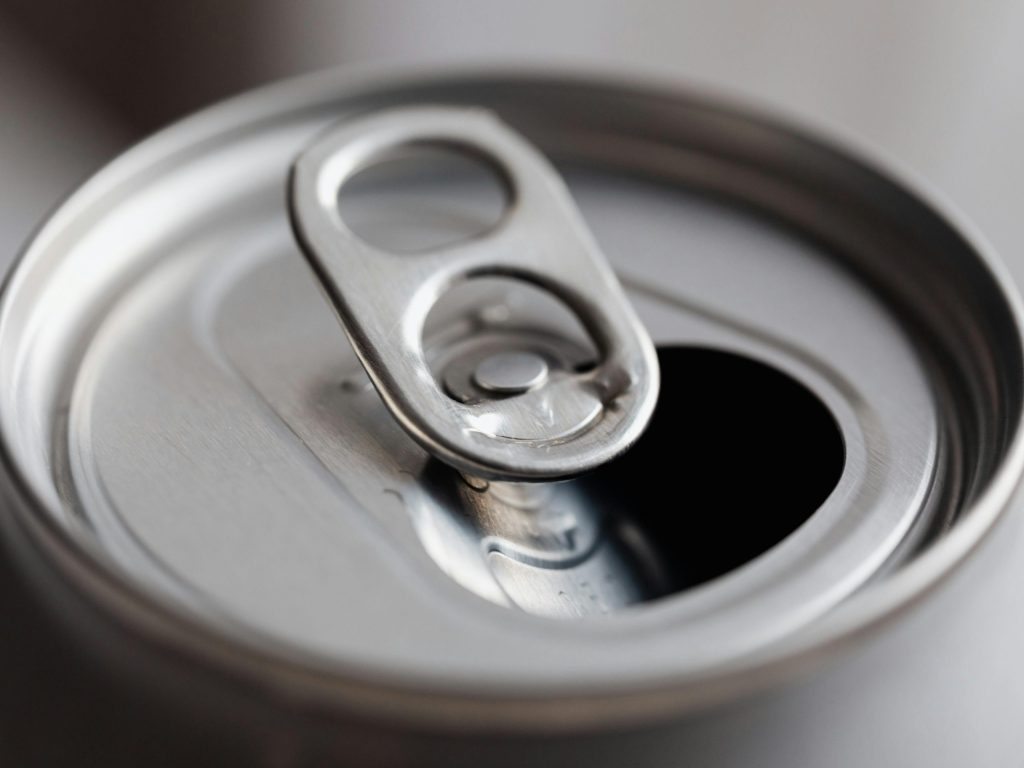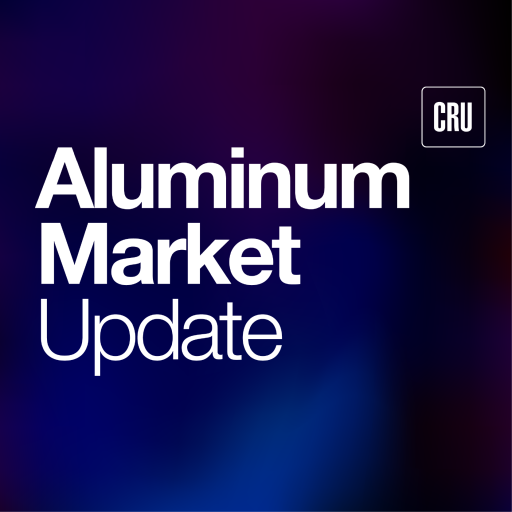Aluminum Scrap Markets

July 28, 2025
Crown and Ardagh ride beverage demand in Q2
Written by Nicholas Bell
North American beverage can demand remained resilient during the second quarter, despite spikes in raw material prices in the form of aluminum and a bevy of tariffs implemented during the period bookended by April and June.
Despite growing signs of demand normalizing and steadying a bit, Crown Holdings and Ardagh Metal Packaging (AMP) delivered solid Q2’25 earnings their North American beverage can operations, largely buoyed by positive end consumer demand growth.
That said, both companies hinted at logistical pressures and upcoming inventory management needs that underscore a delicate balance in the supply chain.
Results are in
Crown’s quarterly Americas beverage sales rose 6% year-over-year to $1.4 billion, while segment income climbed 10% to $268 million.
AMP also reported growth in the Americas, with regional sales up 21% from the prior year period at $840 million, while profit climbed 150% to $5 million.
A chunk of AMP’s gross profit was offset by a write-down of property, plant, and equipment expense related to a greenfield site in Europe. Ardagh Metal Packaging as separately operating entity, spun off of Ardagh Group, is only a couple of years old.
Running hot, stocked low
Aluminum prices and input costs showed upward momentum through the quarter, particularly in April and early June, driven by a spike in the Midwest Premium and Section 232 tariffs. Yet Crown and AMP both signaled that they were insulated from direct margin hits.
Crown CEO Tim Donahue said the all-in cost of aluminum in North America had reached “close to an all-time high,” but noted the impact was being passed through to customers via contract mechanisms. Ardagh downplayed the effect further, claiming the Midwest Premium represented less than 2¢ impact per can due to LME-tied pricing and favorable sourcing strategies.
Still, the potential margin risk is not immaterial. Using North American capacity data from CRU Group (AMU’s parent company), a 2¢ increase in per-can costs would result in a theoretical capex burden approaching $89 million annually, though that’s based on a full run rate capacity that likely overstates real output. Even with this estimate as an upper-bound estimate, subtracting that cost from Ardagh’s Q2’25 revenue still results in year-over-year growth.
AMP reported that North American production was “running so full” that contract structure and customer allocations were being affected. Crown additionally flagged it was holding 100 million-200 million fewer cans in inventory than preferred and would look to rebuild stocks in Q4. In a market consuming over 600 million cans quarterly and a production footprint estimated at 375 million cans, that represents a meaningful shortfall.
June Producer Price Index (PPI) data reinforces this view. The PPI for “aluminum cans and can components” rose just 1.9% year-over-year in June 2025, with little month-to-month volatility through the second quarter. That supports the idea that input cost inflation has yet to fully cascade downstream, due to contract structures.
Earnings from upstream
Crown and AMP held margins steady in the latest quarter, but their resilience is partially propped up by a supply chain still working through production constraints. Tangentially, Kaiser Aluminum, one of North America’s major suppliers of beverage can sheet and end stock, reported delays in ramping up its new coating line at Warrick and underperformance at external converter partners.
Despite strong customer demand and a revised projection for 15%-20% year-over-year growth in packaging conversion revenue, Kaiser’s packaging shipments are expected to decline 3%-5% in 2025. The company expects full production run-rate from the new coating line at Warrick to arrive in late Q4’25.
Longer-term, the aluminum can sheet market is bracing for transformation after Aluminum Dynamics shipped its first rolled product from its Mississippi mill in June. The Columbus mill aims to reach a 65,000-81,250 metric tons (t) per year production rate by the end of Q4. That would translate to about 29,000-36,500t of which could be beverage can sheet based on its planned product allocation.
Meanwhile, Novelis’ Bay Minette mill, also designed to supply beverage can sheet, won’t come online until the back half of 2026.
Even with these upstream operations ramping up, Crown and AMP have noted that most supply contracts are locked through 2026, meaning real flexibility and pricing shifts won’t occur until the 2027 contract cycle. Many contracts are locked in for 2- to 3-year periods.
From curbside to coil
Used beverage can (UBC) scrap prices surged in Q1’25 but softened in Q2. CRU pricing data for both UBC merchant prices and the three grades of class scrap from the end of the first quarter to the end of the second revealed price declines of 10%-15%. Moreover, PPI indexes for UBC’s dropping 3.6% from May to June.
Though neither AMP or Crown consume UBC directly, aluminum producers who supply them do, so these fluctuations help explain why upstream sheet pricing didn’t spike sharply even as the Midwest Premium rose.
CRU noted a shift in UBC export behavior, with more scrap remaining in the U.S. due to favorable pricing and tighter global markets. While PPI data for finished beverage cans remained flat, this rebalancing in raw material flows suggests cost pressures could rise again if domestic sheet supply tightens, or export controls intensify.
The calm before the contract cycle
Q2’s earnings showed contract protections, sourcing strategies, and supply constraints helped maintain pricing stability even as upstream costs rose.
That said, the aluminum can supply chain remains tight, interdependent, and increasingly influenced by macro factors like trade policy and infrastructure investment timelines.
For now, the beverage can market seems to be the highlight of aluminum end sectors, despite the uncertain macro environment.
Canmakers seem to expect a steady rest-of-the-year, while the capacity shifts upstream, contract renegotiations downstream, and ever-evolving policy risk might bring different challenges this time next year.








